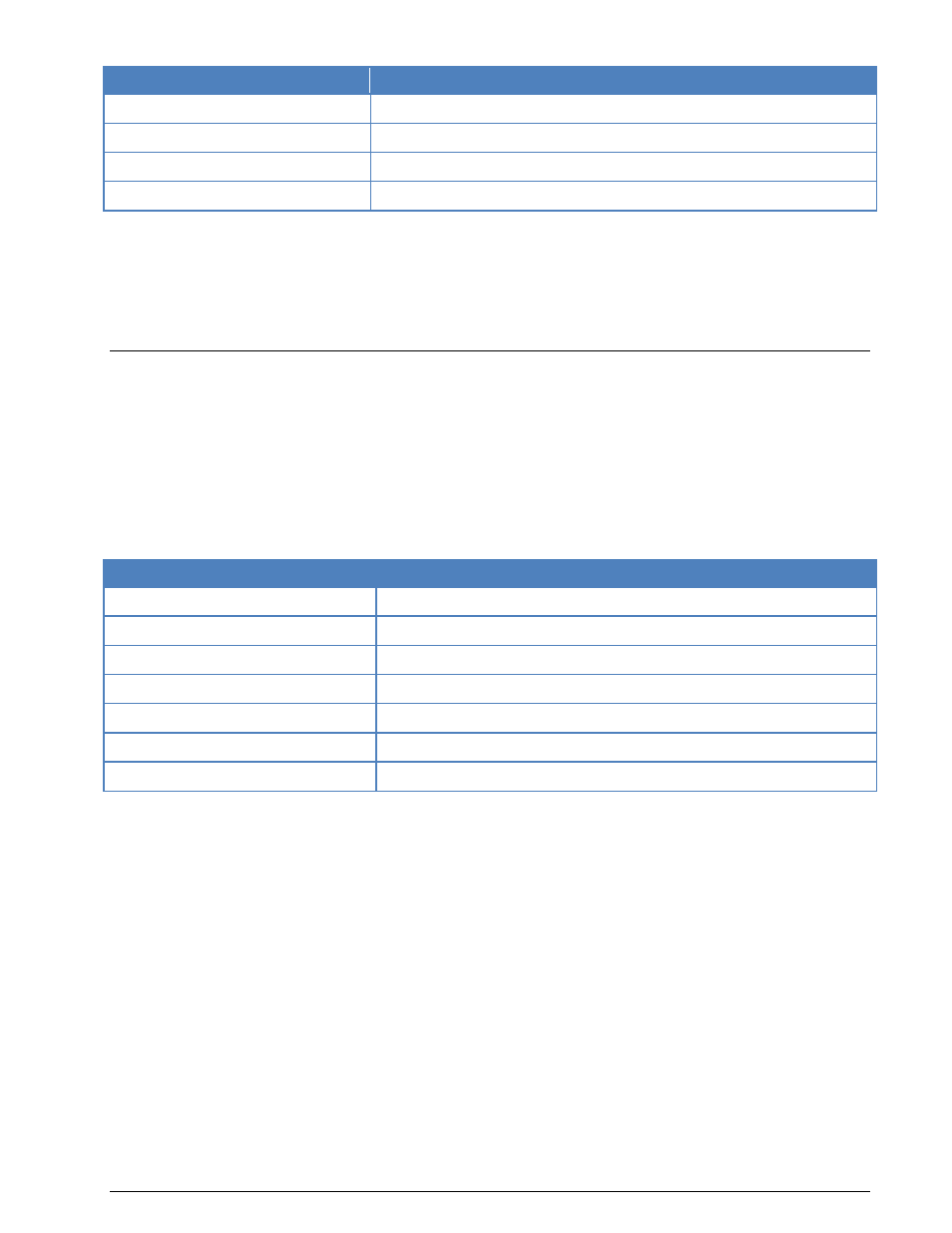Baudot – Wavecom W61PC V7.5.0 User Manual
Page 127

WAVECOM Decoder W61PC/LAN Manual V7.5
Transmission Modes
117
Parameter
Value
Symbol rate
62.3, 68.5, 102.63 and 137 Bd, variable 30-650 Bd
Receiver settings
DATA, CW, LSB or USB
Input format(s)
AF, IF
Additional Info
10-Bit Bauer Code
The Bauer code is used for error detection and correction purposes. Each code word consists of 10 bits.
The five leading bits are a character of the ITA-2 alphabet and the trailing 5 bits are a direct repetition of
the first five bits. If even parity is present, the last five bits are inverted before transmission.
The Bauer code can correct single bit errors and corrected characters are displayed in red on the screen
display. Characters which have been found to contain more than a single bit error are represented by the
underline symbol. Error correction may be enabled or disabled by selecting ECC (Error Correction Control).
BAUDOT
The Baudot code has been the most common telegraph code used as a result of the widespread use of tel-
eprinter, its place now being gradually taken over by ASCII.
Baudot is internationally approved as CCITT alphabet ITA-2, but several national modifications to ITA-2
exist as do completely different character assignments, e.g. Arabic alphabets Bagdad-70 and ATU-80,
Russian M2, and alphabets using a third shift to accommodate the shift between Latin and another charac-
ter set.
Baudot is the basis for many codes in use on radio circuits due to the need for easy compatibility with tel-
eprinter networks and equipment.
Parameter
Value
Frequency range
HF
Operation modes
Asynchronous
Modulation
FSK
Symbol rate
45.45, 50, 70, 75, 100, 150 and 180 Bd, variable 30-650 Bd
Receiver settings
DATA, CW, LSB or USB
Input format(s)
AF, IF
Additional Info
ITA-2
For the BAUDOT the Auto option starts the process of automatically setting up the demodulator and de-
termining the baud rate and signal polarity.
The Baudrate item in the Demodulator menu allows a manual start of signal decoding with polarity de-
termination remaining automatic. The user may also enter a baud rate of his choice. Setting the demodu-
lator up for correct shift and center frequency must also be done manually via the Demodulator menu.
In the case of a manual start, the polarity is also determined and the signal is tested for a valid asynchro-
nous data format. If valid parameters are detected, the output of text is started. Even in the case of a
break in the received signal, the software does not attempt automatic synchronization. This prevents the
premature termination of data capturing in the presence of transient interference to the signal.
The Auto mode will automatically cause a return to synchronization if lengthy periods of signal loss are
experienced or a pre-defined error rate exceeded.
A Baudot code word consists of a start bit, 5 data bits and 1, 1.5 or 2 stop bits giving each character a
length of 7, 7.5 or 8 bits. Baudot is an asynchronous code in which synchronization is performed for each
character by the start and stop bits.
Baudot transmissions may be rendered unreadable by inverting one or several data bits. Using the Bit In-
version item in the Options menu any of the 32-bit inversion patterns may be pre-selected.
Isochronous or synchronous Baudot uses 7 bits and is especially used for on-line crypto systems.
